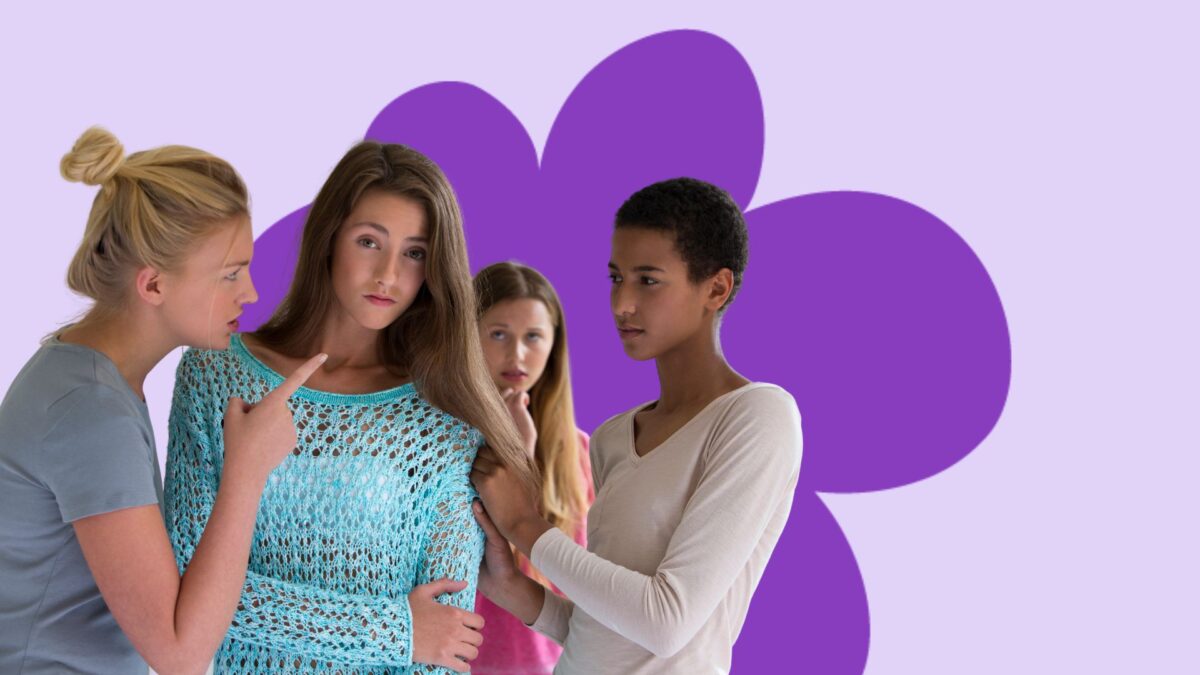You’ve likely heard about PTSD from TV, movies and commercials! You’ve probably come across the acronym a million times before! But what does PTSD REALLY mean? (And nope, binge-watching all the seasons of Grey’s Anatomy and House didn’t teach you everything you need to know!) Unfortunately, not a lot of people truly understand PTSD and what it entails. So, when one of their loved ones or one of their friends develops PTSD, they aren’t totally sure how to help and support them.
That’s where we come in! If someone you love has been diagnosed and you’re now wondering how to help someone with PTSD, then focus on these next steps.
What is PTSD?
PTSD is the acronym for Post Traumatic Stress Disorder. PTSD is an anxiety disorder that can develop in people who have undergone a traumatic event such as a natural disaster, serious accident, war, sexual assault or violence, or a situation where their mental and physical safety (or sense of safety) was threatened.
The symptoms of PTSD can include (but are not limited to):
- Flashbacks
- Nightmares
- Recurring emotions and distressing sensations
- Physical pain
- Sweat
- Nausea
- Anxiety
- Depression
- Reckless and impulsive behaviour (might lead to drug and alcohol use)
- Chest pains
- Headaches
- Feeling disconnected from others
- Dissociation
If this sounds like NOT a lot of fun, you’d be correct! PTSD is thought to be a type of survival mechanism to help you survive more trauma, but the big bummer is that it doesn’t actuallyyyy help that much… Your brain and body are trying to protect you and keep you safe) but they, unfortunately, miss the mark. So, instead of flashbacks and hyperarousal prepping you to face another crisis, it all just keeps you in a constant state of fear.
How To Help Someone With PTSD
It can be difficult caring for someone who has PTSD because their symptoms can often be overwhelming for both them and you! But here are some ways that you can support them through their healing journey.
Educate Yourself
PTSD is a complicated mental health issue that not a lot of people truly understand. We’ve all heard of it, but do we really know what it is or what it’s like? Probably not! So, take some time to learn about it as much as you can! Plus, someone with PTSD might find it really touching and comforting that you’re going out of your way to learn about their mental health struggles! It shows that you care about this person and that you want to support them as best you can. This starts with education! You can also ask this person about their symptoms because some people’s experiences with PTSD are totally different from what you’ll find written about in textbooks.
Go To Appointments With Them
It can be intimidating going to the doctor, a psychiatrist, therapy, or other forms of treatment all on your own — especially when you know you’re going to have to face your triggers. It’s scary as fuck! So, give your loved one that extra bit of support by joining them when they have treatments (if that’s what they want). Even if you can’t go in with them, just knowing you’re there waiting for them can be a huge comfort.
Encourage Connecting With Others
PTSD can often make a person feel super lonely and isolated. Their anxiety might be really high or they might be experiencing a depressive episode where laying in bed forever feels like the best option. So, instead of letting your loved one become an actual part of the couch, encourage them to reach out to friends and family that they love and trust.
You can also take the initiative to reach out to them! If you haven’t heard from them in a while, give them a call! They might be thinking of you but just don’t have the energy to pick up the phone. They’ll likely appreciate the effort you’re putting in to help them feel super loved and cared for!
Learn Their Triggers
Triggers are when someone has an emotional reaction to something that disturbs them. With PTSD, a trigger (like a familiar type of person, situation, place, or experience) can be something that reminds the person enough of their trauma to distress, or activate, their fight/flight/freeze response. Soooo you’ll want to be mindful of triggers as much as you can! Your loved one will definitely appreciate it because then they’ll feel safer being around you.
Support Them
This might seem like an obvious suggestion, but we’re going to say it anyway! Don’t judge them or belittle their experiences. What your loved one has gone through was some really hard shit and they’re still dealing with a lot of trauma. You can offer them a listening ear, a shoulder to cry on, and lots of love and patience.
Don’t Pressure Them
Pushing someone to do things, or to share their trauma, before they’re ready can actually cause a lot of harm. Don’t ask about it or force them to talk about it if they can’t. This can end up worsening their symptoms and could make them relive the trauma they’re trying to heal from.
Your loved one won’t always heal at the pace you want them to, so be patient and kind as they work through the tough stuff and be there to love and support them however they need.
Take Care of Yourself
Loving someone with PTSD can be emotionally and physically draining on you as well! So, in order to care for your loved one as they heal from their trauma, make sure that you are also taking care of yourself.
Look into one-on-one therapy or find a support group (in person or online). If you need to, set boundaries with your loved one. It’s okay for you to have boundaries and lines that cannot be crossed for a number of reasons. Having boundaries doesn’t mean you don’t love and support them any less, it just means that you’re looking out for yourself so that you can care for them as best as you can.
PTSD is a tricky mental health issue to navigate, and as much as we wish we did, we sadly don’t have all the answers. But what we do know for sure is that you and your loved one are a couple of tough cookies ready to take on any challenge you face! WE BELIEVE IN YOU!












